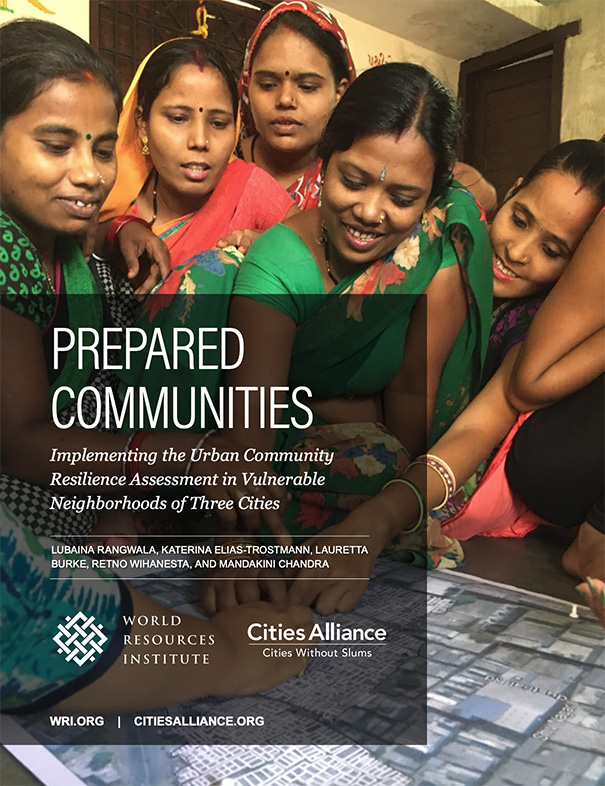Predicting the Potential Impact of Climate Change on Carbon Stock in Semi-Arid West African Savannas
West African savannas are experiencing rapid land cover change that threatens biodiversity and affects ecosystem productivity through the loss of habitat and biomass, and carbon emissions into the atmosphere exacerbating climate change effects. Therefore, reducing carbon emissions from deforestation and forest degradation in these areas is critical in the efforts to combat climate change. For such restorative actions to be successful, they must be grounded on a clear knowledge of the extent to which climate change affects carbon storage in soil and biomass according to different land uses.







